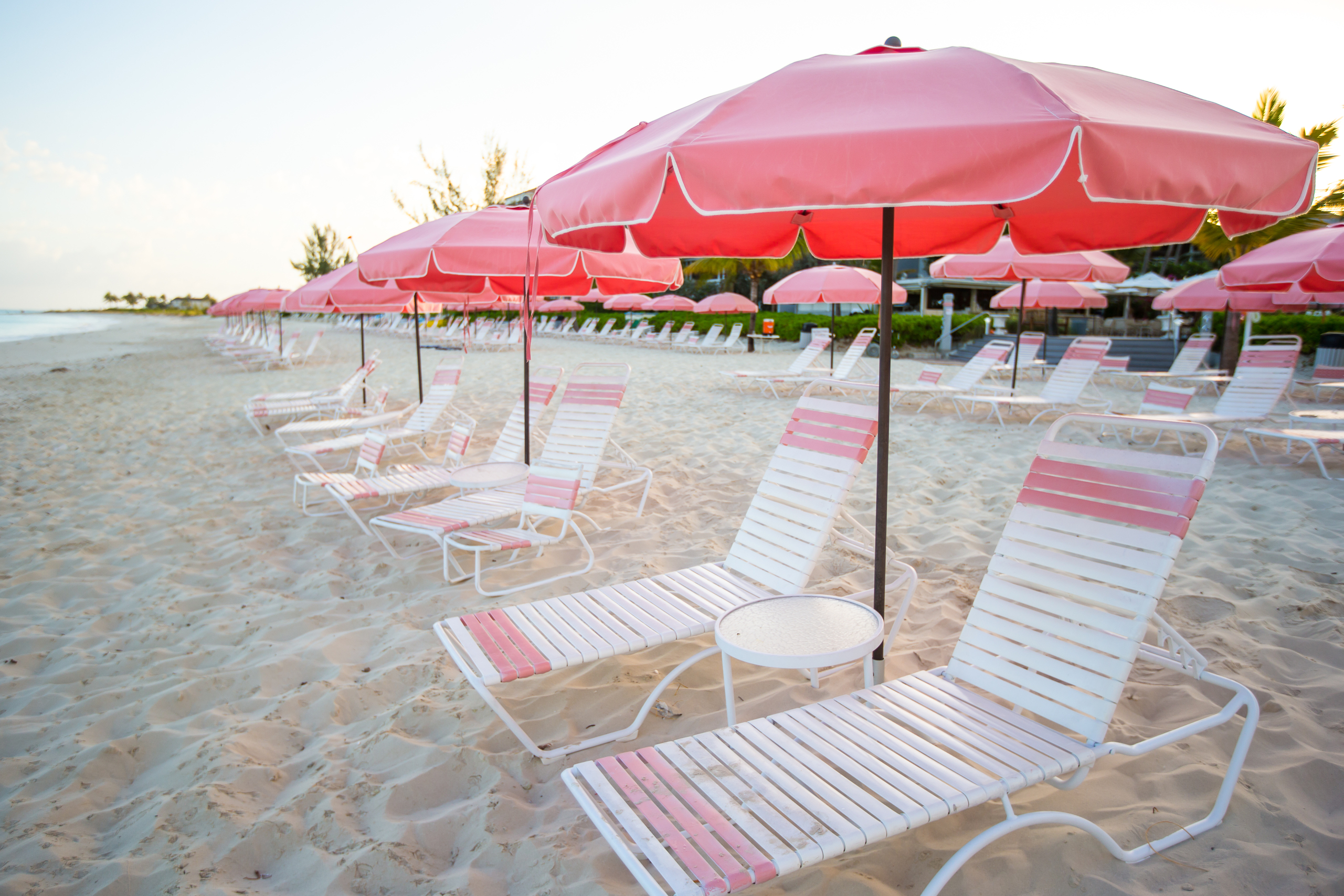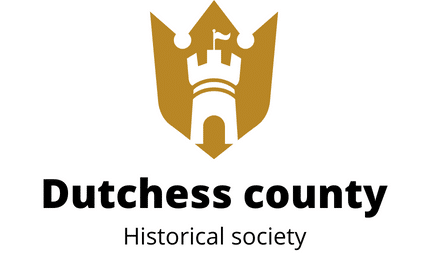How Can Blue Space Environments, Such as Beaches and Waterfront Parks, Affect Mental Health?

The connection between humans and nature has been the subject of numerous studies over the years. Increasingly, researchers are turning their gaze towards the specific benefits of blue space environments. These environments, which include bodies of water such as beaches, rivers, lakes, and waterfront parks, are believed to have significant impacts on people’s mental health. As urban populations grow, it is crucial to understand these effects better to provide access to these benefits to the wider public.
The Importance of Blue Space for Health
As you navigate the hustle and bustle of urban life, you may often find yourself yearning for a moment of peace, a breath of fresh air, and a break from the concrete jungle. This is where blue space environments come in.
Also read : Can Employing a Nutritional Genomics Approach Tailor Diets for Better Athletic Performance?
According to a study published in the International Journal of Environmental Research and Public Health, there is a strong association between blue spaces and improved mental health outcomes. Researchers found that individuals living within one kilometer of a blue space reported better mental health compared to those who lived farther away. They also observed that the benefits were even more pronounced for those who actively engaged with the water, such as swimmers or surfers.
The proximity to water, the study suggests, might act as a buffer against the negative impacts of urban living. This could be due to the physical activity people undertake in these spaces, such as swimming or jogging along the waterfront. The tranquil sights and sounds of water could also offer a form of sensory relief from urban noise.
Also to discover : How Does Art Therapy Benefit Adolescents with Social Anxiety Disorder?
The Role of Blue Spaces in Physical Activity
The benefits of blue space environments extend beyond mental health. They also play a significant role in promoting physical activity.
A crossref data study reveals that people who live near blue spaces are more likely to engage in physical activity. The natural beauty of these spaces, coupled with the refreshing environment, often inspires people to take up activities like swimming, boating, or simply walking along the beach. Such activities can contribute to improved cardiovascular health, stronger muscles, and increased flexibility.
Moreover, the physical activities carried out in blue spaces often have a social aspect. They foster community engagement and social interaction, which can improve individuals’ sense of belonging and overall emotional well-being.
Green Space vs. Blue Space: A Comparative Study
While the benefits of green spaces are commonly acknowledged, a comparative study between green spaces and blue spaces can offer deeper insights.
Research indicates that while both green and blue spaces contribute to health, the benefits of blue spaces may extend further. A study published in the journal Health & Place found that the positive impact of blue spaces on mental health was stronger than that of green spaces. The researchers concluded that this might relate to the broad range of activities available in blue spaces, as well as their unique aesthetic and sensory characteristics.
The study also highlighted the importance of ensuring equitable access to blue spaces for all population groups. This is especially relevant in urban areas, where the availability of open, natural spaces can be limited.
The Environmental Perspective: The Interplay of Blue Space and Urban Design
The integration of blue spaces into urban design can significantly enhance the environmental quality of urban spaces. The presence of bodies of water can help in regulating temperature, reducing air pollution, and promoting biodiversity.
City planners and urban designers are increasingly recognizing this. Waterfront parks and urban beaches are being designed to provide recreational spaces for populations, acting as green lungs in the heart of cities. By doing so, they not only enhance the aesthetic quality of the city but also improve the health and well-being of its inhabitants.
The Future of Urban Health: Enhancing Public Access to Blue Spaces
The growing body of research highlighting the benefits of blue spaces points towards their importance for urban health. As urban populations continue to grow, city planners, public health officials, and environmental advocates need to work together to ensure that these benefits are accessible to all.
This involves creating and maintaining blue spaces within urban areas, ensuring they are accessible and inviting, and facilitating physical activity and social interaction within these spaces. With the right strategies and policies, blue spaces can become a vital component of urban health interventions, offering a natural solution to the mental health challenges of modern urban living.
Several cities around the world have already started to recognize and tap into the potential of blue spaces. With thoughtful planning and design, these spaces can transform not only the physical landscape of our cities but also the mental landscape of their inhabitants.
Blue Spaces: Catalyst for Urban Regeneration
Blue spaces have shown potential not just in improving individual health and wellbeing but are also seen as a catalyst for urban regeneration. Urban regeneration refers to a process where urban spaces are revamped to improve their physical and socio-economic conditions.
In recent years, the focus of urban regeneration has shifted towards the integration of natural environments into cityscapes, and blue spaces are at the forefront of this transformation. A google scholar search reveals numerous studies supporting the role of blue spaces in fostering urban revitalization.
Waterfronts, previously neglected or industrialized, are now getting repurposed into vibrant community spaces that people can interact with. These urban waterfronts offer an escape from the mundane city life, providing opportunities for recreation, relaxation, and social interaction. A systematic review published in the Journal of Urban Design and Mental Health highlights that these regenerated urban waterfronts have proven to be beneficial for public health.
In cities where the distance blue spaces are accessible, they have helped boost local economies by attracting tourism and increasing property values. Moreover, these spaces have also become hubs for cultural and social activities, fostering community bonding and improving the overall quality of life.
Furthermore, blue spaces also contribute to environmental sustainability. They support biodiversity, manage urban heat, and enhance the aesthetic quality of urban settings. This interplay of blue space and urban design is crucial for sustainable urban development.
Conclusion: The Essential Role of Blue Spaces in Future Urban Planning
In conclusion, blue spaces offer a host of benefits beyond just their visual appeal. They play a vital role in promoting mental health, encouraging physical activity, fostering social interaction, driving urban regeneration, and bolstering environmental sustainability. Given these myriad benefits, the importance of blue spaces in urban planning cannot be overstated.
Public health officials, urban planners, and environmental advocates need to work together to ensure that these benefits are made accessible to all. This would involve not just creating and maintaining blue spaces within urban areas but also making these spaces inviting to facilitate interaction and activity.
The body of research available, including meta-analysis and cross-sectional studies, strongly points towards the health benefits of blue space exposure. As such, it is essential to embrace these findings and translate them into practical urban solutions.
Emphasizing blue spaces in urban planning can redefine the future of urban health. It can provide a natural solution to the mental and physical health challenges posed by urban living. By doing so, we can ensure that our cities are not just concrete jungles but spaces that support and enhance the health and wellbeing of their inhabitants. It’s time we give blue spaces the recognition they deserve in our quest for healthier, happier cities.
